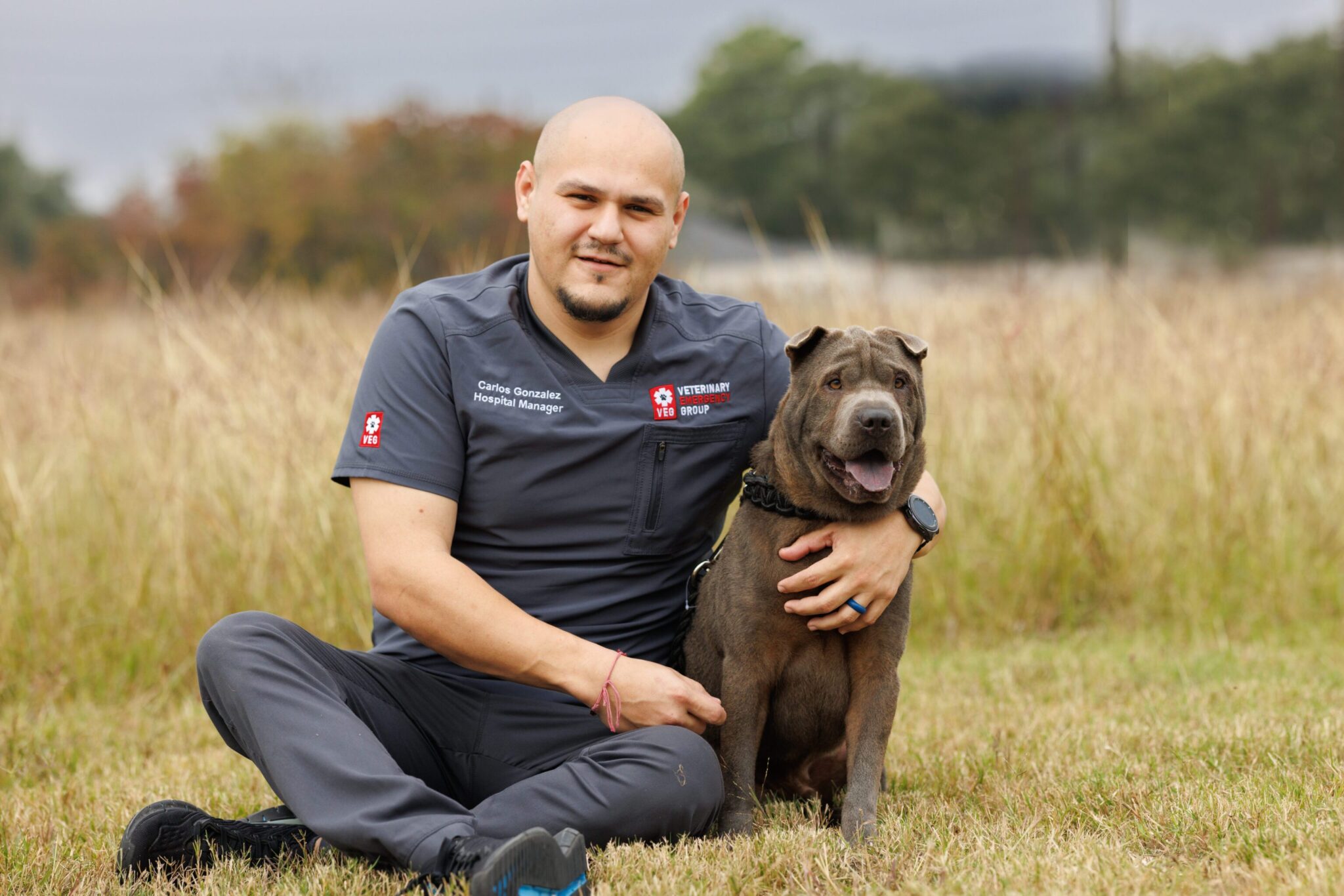
Foxtails and Dogs: What pet parents need to know
Dr. Nastassia Germain
Call & Speak with a doctor Open 24/7, Even Holidays!
Walk in today for:
Emergencies
Point-of-Care Ultrasound
Urgent Care
X-Rays
Diagnostics + Testing
End-of-Life Care
Surgery
Treatment + Hospitalization
What is a foxtail? Why are these weeds so dangerous to dogs? What do you, as a responsible pet parent, need to know about taking care of your dog around foxtails?
If you’ve ever asked yourself any of these questions, then you’ve come to the right place. In the article below, you’ll find a quick but thorough breakdown of information about foxtails and how they relate to your dog. With the help of this guide, you can get a better idea of what to expect from these harmful weeds and when you should see an emergency vet for foxtails on your dog, too. Read on to find out more.
What is a Foxtail?
Foxtails are a type of weed grass that has a barbed, prickly seedhead. This seedhead can be picked up by a dog’s coat when she walks past. Although the term “foxtail” technically refers to the whole grass plant itself, most dog owners use it to refer to the seedhead specifically instead.
What do Foxtails do to Dogs?
Foxtails mainly the seedheads can cling to a dog’s skin and/or coat when they walk pass. Foxtails can cling to a dog’s skin. When this happens, they create open wounds that may become infected very quickly. However, this is not the worst of the threat when it comes to foxtails on your dog. Because of their barbed and prickly design, foxtails can burrow down into a dog’s skin as well. A foxtail seed can migrate through a dog’s body to vital organs, resulting in severe complications—or even death. Additionally, if inhaled they can find their way into the lungs or even the brain. When this happens, they carry bacteria to these vital organs and create infections that are typically fatal.
One of the most concerning risks when it comes to foxtails on dogs is the risk of burying between the toes. If a foxtail becomes lodged between a dog’s toes, it may go unnoticed for a long time. By the time you realize something is wrong with your pet, it may be far too late to stop the foxtail from burrowing.
Although hunting dogs are the most susceptible to foxtails because they spend more time in wild grasses than pet dogs, any dog who walks in tall grass is at risk. There is no set preventative for foxtails, so you should always check your dog’s body thoroughly for them when she’s been outdoors in tall grass.
What are the Symptoms of Foxtails on Dogs?
Listed below are the main symptoms to look out for:
Limping
Limping is one of the earliest signs of a foxtail that has become buried between a dog’s toes. If your dog is limping, especially after spending time outside in tall grasses, check between her toes carefully for any sign of foxtails there.
Excessive Licking
Excessive licking may occur on any part of the body that is affected by foxtails. For example, if your dog gets a foxtail buried in her paw between her toes, she may lick the area so much that it causes the hair to fall off of her foot. This is a clear indicator that something is very wrong.
Sneezing and Bloody Discharge from the Nose
Dogs may be prone to inhaling foxtails when they spend time in tall grasses. If this happens, your dog may develop bloody discharge and a frequent, recurring sneeze as she tries to dislodge the foxtail from her nasal passages. This is very dangerous, as it could cause the foxtail to travel to the lungs and cause pneumonia.
Head Tilt
A head tilt may indicate that your dog has gotten a foxtail in her ear, eye, or somewhere else within her head. This is extremely dangerous and can mean that a brain infection is imminent.
How do you Remove Foxtails from a Dog?
If you find a foxtail before it begins to burrow, remove it with tweezers and gently clean the affected area with antiseptic soap and rinse with tap water. Dry area well afterwards and apply a bit of antibiotic ointment to the area and check it for any signs of infection.
If you see a foxtail that has burrowed or believe this has happened to your dog, go to the emergency vet. Your dog will likely require surgery to correct the problem and remove foxtails that have become lodged within the dog’s body. Even if you only somewhat suspect this problem, if your dog is at risk, don’t wait to see a vet about foxtails.
Contact VEG if You See a Foxtail on Your Dog
As you can see, foxtails are extremely dangerous and can even be deadly in some situations. If you notice a foxtail on your dog and you’re unable to remove it yourself, you should go to the emergency vet right away to have it removed before it causes a severe problem.
If you have any further questions or concerns, contact VEG by calling one of our locations. When you give us a call, you will speak directly to an emergency veterinarian and your pet will always receive the care that they need. Our emergency vets can help you learn how to recognize the signs of foxtails more easily and can provide guidance for what to do if your dog comes into contact with them, too.

